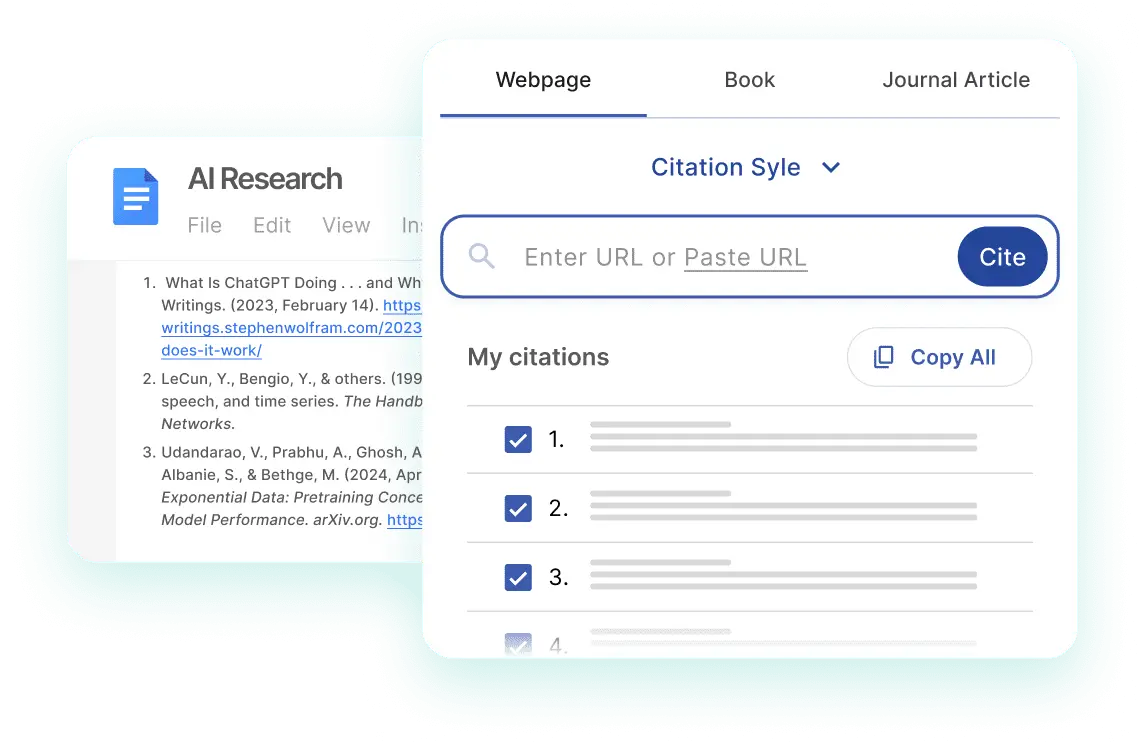Enhancing Employee Well-Being: A Comprehensive Review
Discover the latest insights and findings from literature review on employee well-being to enhance workplace satisfaction and productivity.
Try Justdone
Unlocking Well-Being Insights
In-depth Insights
Gain comprehensive understanding of employee well-being factors and their impact on organizational success.
Actionable Strategies
Receive practical and evidence-based recommendations to foster employee well-being and engagement.
Cultural Enhancement
Cultivate a positive and supportive workplace environment to boost employee well-being and satisfaction.
Benefits of Employee Well-Being Literature Review
Improved Workplace Satisfaction
Employee well-being literature review helps organizations identify factors that contribute to employee satisfaction, leading to a more positive work environment. By understanding the impact of well-being on job satisfaction, companies can implement strategies to enhance workplace morale and overall happiness. This can result in increased productivity and reduced turnover.
Furthermore, a comprehensive review can uncover specific issues affecting employee well-being, enabling organizations to address these concerns effectively. By prioritizing employee satisfaction, businesses can create a supportive and fulfilling work culture, fostering loyalty and commitment among their staff.
Try Justdone ->
Enhanced Performance and Productivity
A thorough literature review on employee well-being can reveal the relationship between mental health, job performance, and productivity. Understanding the psychological and emotional aspects of well-being can assist in developing interventions and initiatives to support employees, ultimately leading to improved performance and productivity.
Additionally, identifying the factors that contribute to enhanced well-being can guide organizations in implementing targeted programs and support mechanisms. This can result in a more engaged and motivated workforce, positively impacting the overall success of the business.
Try Justdone ->
Healthier Workforce and Reduced Absenteeism
Conducting a literature review on employee well-being allows businesses to recognize the correlation between well-being and physical health. By addressing the factors that influence employee wellness, companies can promote a healthier workforce and reduce absenteeism. Understanding the impact of well-being on health behaviors and outcomes enables the development of initiatives to support and improve employee wellness.
Moreover, a focus on well-being can contribute to a decrease in stress-related illnesses and absences, leading to a more present and engaged workforce. This, in turn, can lead to cost savings for the organization and a more sustainable and resilient workforce.
Try Justdone ->
Practical Tips for Conducting Employee Well-Being Literature Review
Comprehensive Research Methodology
When conducting a literature review on employee well-being, ensure a comprehensive research methodology. Utilize diverse sources including academic journals, industry publications, and empirical studies to gain a holistic understanding of the topic. This approach provides a well-rounded perspective and enriches the quality of the review.
Furthermore, consider the inclusion of diverse perspectives and methodologies to ensure a comprehensive and unbiased analysis of employee well-being.
Thematic Analysis and Synthesis
Employ thematic analysis to identify recurring themes and patterns related to employee well-being across the literature. This enables the synthesis of information to discern common trends, contributing factors, and potential gaps in the existing research. By employing this method, researchers can derive valuable insights and implications for organizational well-being strategies.
Additionally, synthesizing the findings allows for the extraction of key recommendations and best practices to inform evidence-based interventions.
Incorporating Employee Perspectives
Integrate the perspectives of employees into the literature review process. Consider including surveys, interviews, or testimonials to capture firsthand experiences and perceptions of well-being within the workplace. This participatory approach provides valuable qualitative data, enriching the depth and authenticity of the review.
By incorporating employee perspectives, the review can offer a more holistic understanding of the factors impacting well-being and provide actionable insights for organizational improvement.
Identifying Intervention Opportunities
Identify potential intervention opportunities through the literature review. By recognizing the determinants of employee well-being and the associated outcomes, researchers can pinpoint areas for intervention and improvement within the organizational context. This proactive approach facilitates the development of targeted strategies to enhance employee well-being.
Moreover, the identification of intervention opportunities enables the formulation of evidence-based recommendations for organizational well-being initiatives.
Continuous Evaluation and Adaptation
Emphasize the importance of continuous evaluation and adaptation in the context of employee well-being. As organizations evolve, so do the factors influencing well-being. Therefore, it is crucial to continuously assess the relevance of findings and adapt strategies to address emerging challenges and opportunities.
By integrating a cyclical evaluation process, organizations can ensure the sustained impact of well-being initiatives, fostering a dynamic and responsive approach to employee well-being.
Discover Insights through Employee Well-Being Literature Review
Exploring the diverse dimensions of employee well-being through literature review provides valuable insights for organizations striving to enhance the holistic wellness of their workforce. By delving into the existing research, businesses can identify actionable strategies and interventions to foster a supportive and thriving work environment.
Create a data-driven analysis of employee well-being to inform organizational strategies and initiatives.
Conducting a comprehensive literature review on employee well-being enables the acquisition of data-driven insights essential for informing organizational strategies and initiatives. By analyzing the existing research, businesses can gain valuable data on the factors influencing employee well-being, contributing to the development of evidence-based interventions and policies.
The data analysis process involves the systematic examination of findings to extract actionable information and trends. By synthesizing the data, organizations can derive evidence-based conclusions that guide the formulation of targeted strategies to support employee well-being.
Furthermore, leveraging data-driven analysis facilitates the identification of key areas for improvement and intervention, allowing organizations to prioritize resources effectively. This approach empowers businesses to make informed decisions and implement impactful initiatives that address the multifaceted aspects of employee well-being, ultimately contributing to a more supportive and thriving work environment.
In essence, a data-driven approach to literature review on employee well-being equips organizations with the insights necessary to cultivate a holistic and evidence-based approach to employee wellness, fostering a culture of well-being and resilience within the workforce.
Align organizational strategies with the findings of the literature review on employee well-being.
Aligning organizational strategies with the findings of the literature review on employee well-being is paramount for driving meaningful change and improvement. By integrating the insights and recommendations derived from the review, organizations can ensure that their strategies are aligned with the identified determinants of employee well-being, fostering targeted and impactful initiatives.
This strategic alignment involves incorporating the evidence-based findings into the development of organizational policies, programs, and interventions. By doing so, businesses can address the specific factors influencing employee well-being, creating a supportive and nurturing work environment that prioritizes the holistic wellness of the workforce.
Moreover, strategic alignment enables organizations to maximize the impact of their initiatives by targeting the areas identified as crucial for enhancing employee well-being. This approach ensures that resources are allocated effectively, leading to tangible improvements in employee satisfaction, performance, and overall well-being.
By aligning organizational strategies with the insights garnered from the literature review, businesses can drive sustainable and meaningful change, fostering a workplace culture that values and prioritizes the well-being of its employees.